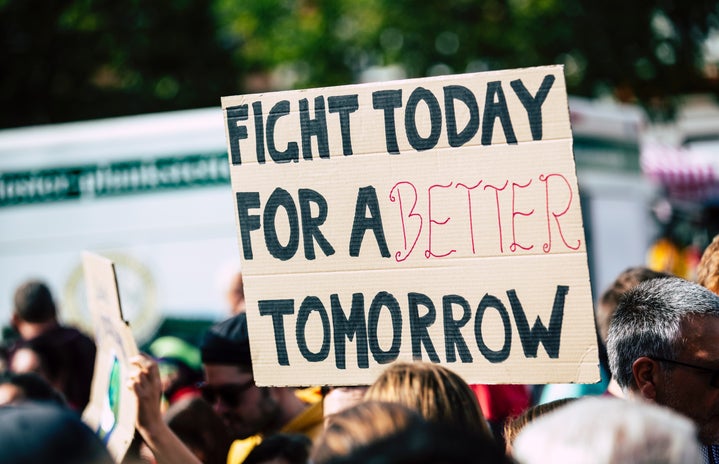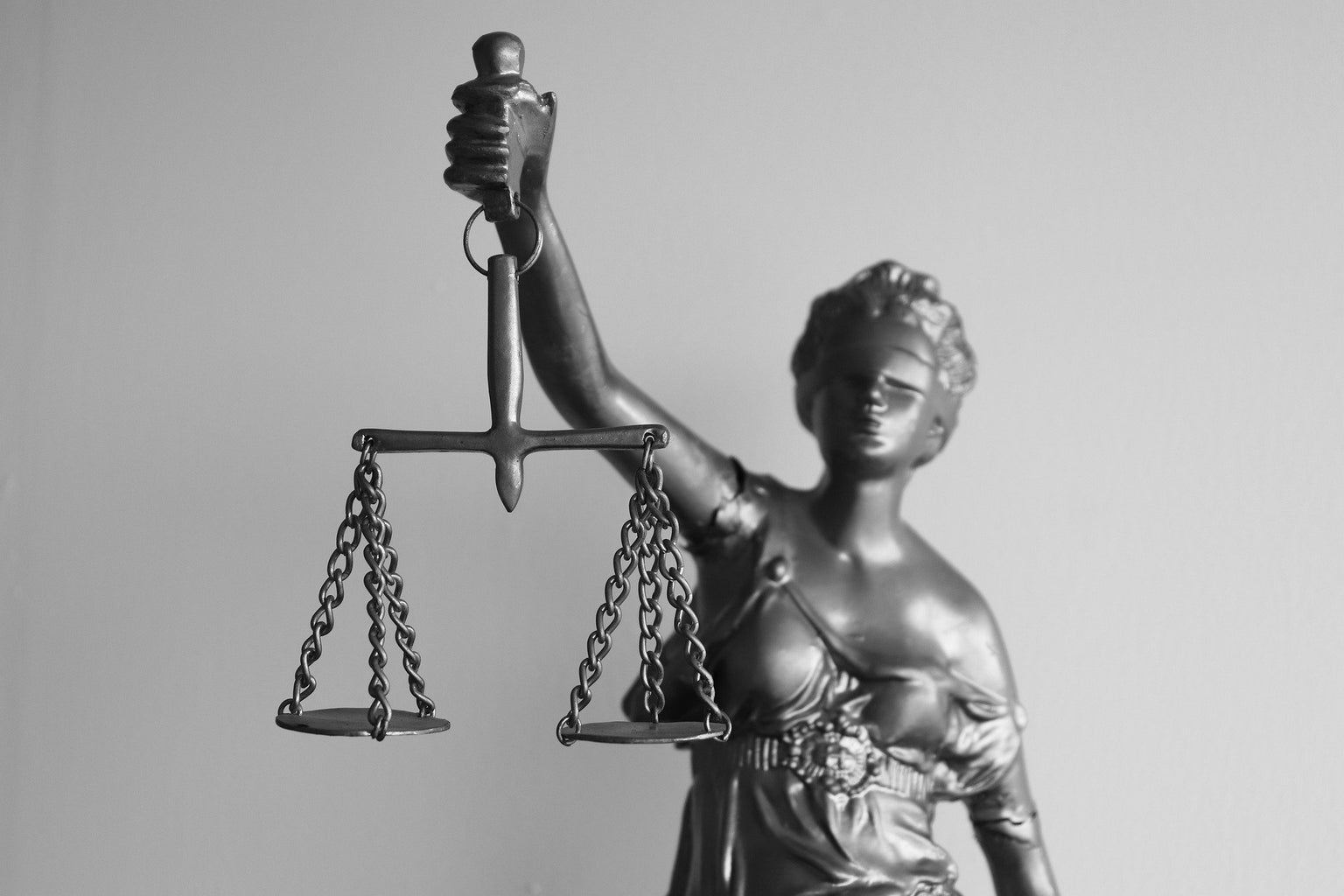The “Summer of Racial Reckoning” brought terms like criminal justice reform and mass incarceration into daily conversation. These 2020 buzzwords were bolded in newspaper headlines, tacked onto public statements by big companies, and explained in Canva infographics posted to Instagram stories. For months it was hard to miss the global conversation on systemic racism and the more domestic calls for defunding not just the police, but prisons as well. Unfortunately, the more specific terms and processes within the realm of prison reform and abolition are not as recognizable. The word recidivism may not ring a bell, but understanding and fighting the causes of it are a foundational part of understanding and dismantling our current criminal legal system.
What is recidivism?
Recidivism is defined as a tendency to relapse into a previous condition or mode of behavior, especially into criminal behavior. In the context of criminal justice reform, the term often refers to the rate at which formerly incarcerated people are rearrested. With almost 2.1 million people sitting in prison, the United States has the largest number of incarcerated people in the world accounting for around 20% of the world’s prison population.
For context, the US is home to only 4.5% of the total world population. As Vanessa Taylor writes, “America’s love of incarceration is so deeply entrenched that if you imagined every state as its own nation, Massachusetts, which has the lowest incarceration rate in the U.S., would still rank 9th among the world.”
These are just a few of the hundreds of statistics that illuminate the horrors of the American prison industrial complex. As such, it is unsurprising that the United States also has the highest rates of recidivism with almost 44% of people returning to prison within the first year of being released. If we expand that to five years we see that rate jump to 70%. This data calls into question the goal of our prison system. If so many formerly incarcerated people are returning to prison within years of their release, is our system really for rehabilitation or is it solely punishment?
Rehabilitation or Punishment?
The four main goals of the American correctional system are 1) retribution: giving appropriate punishment, 2) deterrence: discouraging others from committing similar crimes, 3) incapacitation: making a person incapable of committing the crime through incarceration, and 4) rehabilitation. As described by Siddartha Bandyopadhyay, rehabilitation refers to the “treatment and support aimed to help [an] offender become a law abiding member of society.” If we look at these four goals, rehabilitation is the only one to focus on helping rather than harming incarcerated individuals. Sure, prison is not supposed to be all rainbows and kittens, but you would think that if the state punishes someone to, say, 20 years in prison, they would at least provide that individual the skills and tools necessary to grow, learn, and improve such that when they are released they are able to become a productive member of society — right?
If you know anything about how America functions, you know that is not the reality. Though around 85% of Americans believe the main goal of our criminal justice system should be rehabilitation, the aforementioned rates of recidivism prove otherwise. This, however, was not always the case.
Until the 1970s, rehabilitation was centered in US prison policy. That was before the rise of Nixon and Reagan’s “tough-on-crime” approach prompted the mass incarceration epidemic we see today. Now, only 5% of incarcerated people in the United States have access to CBT therapy programs—despite studies finding that these programs can reduce recidivism rates by up to 30% Research also shows that people who receive a high school GED or vocational training during incarceration are more likely to get jobs and higher wages after release, but only 27% of state prisons offer college courses and only 44% of private prisons provide vocational training.
Looking Beyond the Bars
By not giving incarcerated people the tools they need to survive—let alone succeed—the American correctional system essentially throws people to the wolves. People can leave prison with no housing, education, or financial literacy which are crucial to then finding employment, not to mention the need for a resume, explanation for gaps in employment, and appropriate clothes once they secure an interview. How can we expect formerly incarcerated individuals to reintegrate into society when everything costs money, which they have few opportunities to make. And what does this mean for their social circles?
The effects of mass incarceration, made worse by high rates of recidivism, reach far beyond the 2.1 million people behind bars. Over 5 million children in the US have had an incarcerated parent. That statistic only expands when we think about adults with an incarcerated parent. And what of the friends, parents, siblings, and other relatives who lose someone to a prison sentence, who are then tasked with helping them return to society: a job that should be in the hands of the correctional system.
Clearly the consequences of recidivism are felt by more than just those behind bars. And when, at any given time, nearly 2 percent of Black individuals are incarcerated and more than a quarter of Black men experience incarceration before they turn 30, it is hard to ignore that a fight for prisoner’s rights is a racial justice fight. The same can be said for mental health and disability rights, both of which are overrepresented populations in prisons.
Following scandinavia’s Lead
Shifting our focus towards rehabilitation is not unrealistic. The Swedish Prison and Probation Service refers to inmates as “clients,” and says its emphasis on rehabilitation reduced recidivism from 42% to 29% over 16 years. Norway has reduced recidivism rates from around 60% to 20%, now the lowest in the world, within a couple decades by identifying prisons in the same category as rehabilitation facilities.
Rehabilitation programs may not be the cheapest in the short term, but a study found that “every taxpayer dollar spent on rehabilitation programs for prisoners saves five dollars on law enforcement and corrections expenditures in the future.” But of course investing in people rather than throwing them to the wolves is anti-capitalist. If rehabilitation is the big bad in the eyes of the capitalist, does that make recidivism the hero? Well, what would the billionaires profiting from private prisons do if they didn’t have high numbers of re-offenders. High rates of recidivism basically guarantees them revenue.
So, let’s decenter the capitalist from our story—he’s an unreliable narrator. Let’s picture a world that is how it should be: recidivism as the villain.





